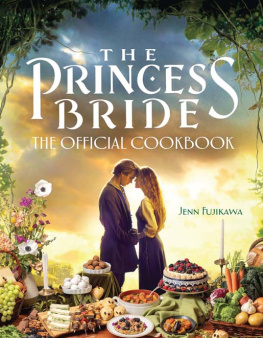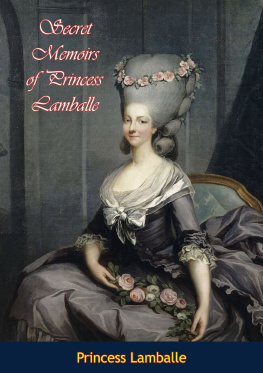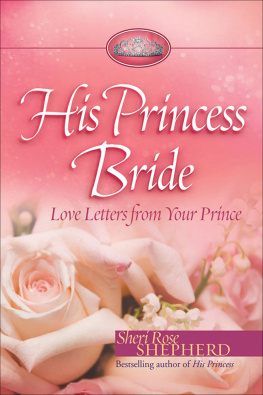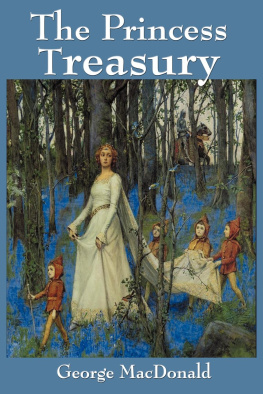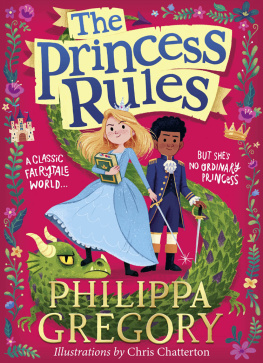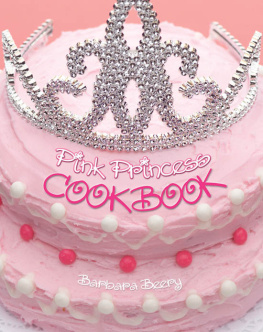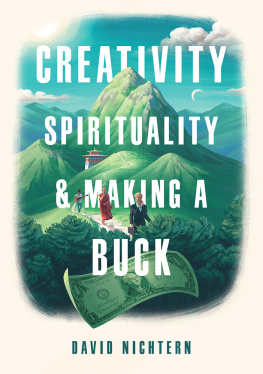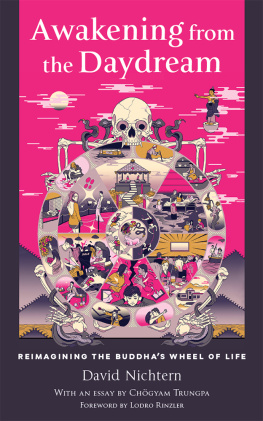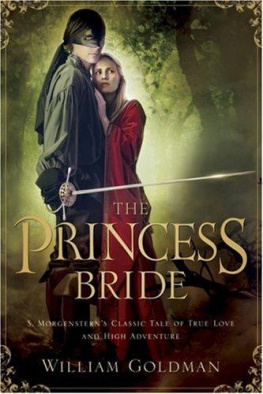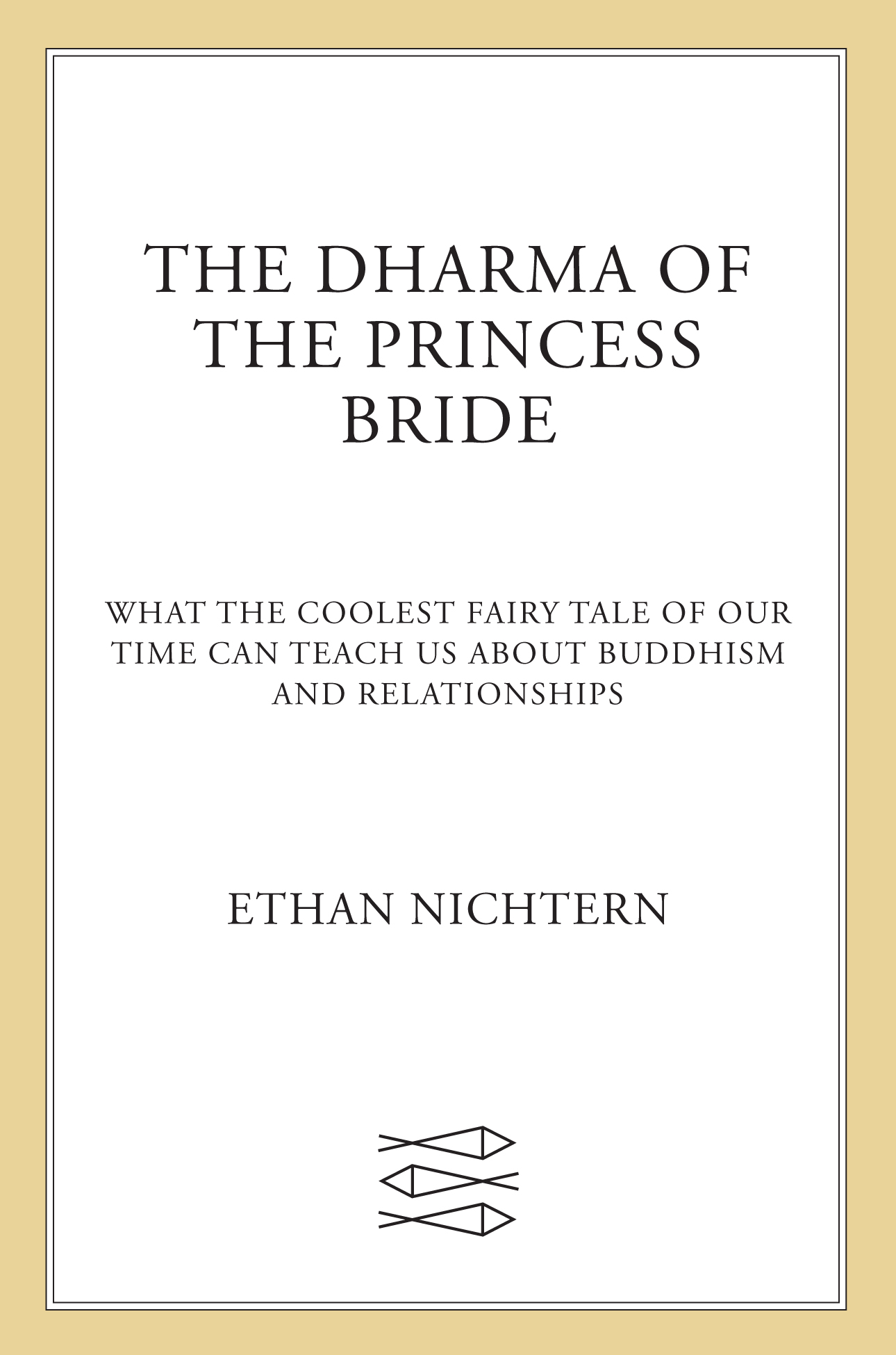Contents
Guide
Pagebreaks of the print version

The author and publisher have provided this e-book to you for your personal use only. You may not make this e-book publicly available in any way. Copyright infringement is against the law. If you believe the copy of this e-book you are reading infringes on the authors copyright, please notify the publisher at: us.macmillanusa.com/piracy.
For Grandpa Sol and Grandpa Chogyam: As you wish.
For the Real Buttercup: As you wish.
For our Child, just arrived: Lets tell some stories.
Hello. My name is Ethan Nichtern. The Six-Fingered Man was my fathers best friend. Prepare to read.
David Nichtern and Christopher Guest were born two weeks apart and grew up together in downtown New York City. Christopher was not yet a diabolical villain with an extraneous digit, nor one of the greatest comedic actors of his time. David was not yet a Buddhist, much less a Buddhist teacher. What they shared was an urban childhood and a love of making music (bluegrass, mostly, more or less the hip-hop of kids from the Village in the early 1960s). In their friendship, Chris was never the sadistic Count Rugen. Instead, he played a part more like Andre the Giants Fezzik, defending my father against playground bullies. I have heard many stories of their swashbuckling together like Inigo Montoya and the Dread Pirate Roberts, unsheathing guitars instead of swords. They moved through city adventures from west to east, from Waverly Place to Stuyvesant Townhaving fun, storming castles, being kids.
Christophers role in The Princess Bride was the reason I was excited to see the movie when it was first released in the fall of 1987. I was nine years old. All I knew was that this man I had known all my life played a bad guy (a hilarious idea in itself) and that the movie was a kind of fairy tale, but not just any fairy tale. Even upon first viewing it, I knew the film was a parody. It felt like a sarcastic Xerox of the fairy-tale genre, as if a smart older kid were making fun of some cheesy story Id already seen a thousand times.
I remember enjoying the movie that first time; it displaced my troubled mind into humor and fantasy during a particularly rough stretch of childhood, a yearlong span that included my parents difficult divorce, my grandparents double suicide, and, like a candle torched at both ends, the premature death of my parents Buddhist teacher, the man who exerted a central gravitational pull in the galaxy of their lives (and later mine), the brilliant and enigmatic Chgyam Trungpa Rinpoche.
On top of all that trauma, there was the day-to-day chaos of fourth grade. My best friend had skipped forward a grade without me after third grade, leaving me to fend for myself. Fending for myself was a difficult task, because I had two surgeries that year to help with a mild case of cerebral palsy on my right side. Surgery left me outcast, in a cast, for a significant portion of the school year. My best friend skipping ahead and my gimp status together made me, objectively speaking, the second least popular kid in my class. Sadly, this popularity ranking happened at a hippy New York City school founded in the 1960s on Dr. Martin Luther King Jr.s vision of an inclusive multicultural society. This wonderful school preached nothing but diversity and acceptance dailya sign that even the best utopias hold popularity contests. Fortunately for me, I still had one friend at school that year. Unfortunately for both of us, his social spasms, angry demeanor, and prepubescent unibrow made him, also objectively speaking, the number one least popular kid in our class.
Our friendship was mostly circumstantial and far from ideal. But still, he was my friend, my only real friend that yearthat is, until, like the worst Buddhist kid in the world, I told him we couldnt hang out anymore, that he was dragging me down. His gruff demeanor crumbled as he started to cry. It was an awful move on my part, a classic case of the weak abandoning the weaker. Thirty years later, my choice still haunts me occasionally during sessions of compassion meditation.
Going to see The Princess Bride that first time was a great escape. In it were swashbuckling friends, ridiculous villains, and a valiant quest for the love of a lady with a very strange name. Most important, there was a grandfather using this wacky tale to comfort his grandson (almost exactly my age) on a sick day from school. Because I wanted to stay in bed and play Nintendo for most of fourth grade, I could easily relate. Much of the movies existential brilliance was lost on me, though. I was just looking to escape: escape my parents fighting, escape the indecipherable popularity contest at school, escape the truth of my suffering, and maybe escape this version of Earth altogether. I liked the movies goofy action. It was a story with just a few, but not too many, kissing parts.
Only much later, after many more viewings, did I learn that The Princess Bride was beloved by so many. When I say beloved by so many, I am talking about a pirate ship that slowly sailed far beyond cult status, anchoring itself now in the very heart of the American postmodern canon. Just ask your friends: an abnormally large percentage of humans between the ages of two and two hundred now revere, or at the very least respect, this movie. (The few people Ive met who havent seen it often express knowing embarrassment at their cinematic omission.) At its mere mention, many people will pause and enter a visualization, an inner kingdom of bright nostalgia and appreciation. As far as anyone can tell, the films retroactive popularity was unforeseen. When the movie was released, the novel by William Goldman on which his faithfully adapted screenplay was based was not well known, at least not among us Gen Xers. The film grossed only $31 million in theaters that year, making it the forty-first most popular film at the box office in 1987.
As I grew older, I kept returning to the movie again and again, across three decades of growing up, a process of maturation that now (in my late thirties, even after decades of studying and teaching Buddhism) may still just be getting under way. Many other people I know went through a similar process with The Princess Bride . As the movie aged, and as those of us who were the Grandsons (Fred Savages) age grew up (or tried to), it caught on, and became enshrined as an irrefutable staple of Generation X culture. The mixology-obsessed cocktail bar down the block from my Brooklyn apartment serves a mezcal-based drink (though brandy would be more appropriate) called the Inigo Montoya. The glass even comes with a toothpick sword across the rim, exacting heroic revenge against a six-sectioned slice of orange. The bar is one of many establishments Ive been to that reference the movie on their menus. In 2015 the statistical website FiveThirtyEight conducted a survey of the twenty-five most rewatchable movies of all timeever. The Princess Bride was number six. Among a particularly large swath of the population, a population that shares a wounded optimism about our societys ability to experience true love, and a rapier-quick sense of irony, the movie is surely number one. It is full of so many popular one-liners that whenever it is mentioned, people trip over themselves to choose which line to quote, hoping the person they are talking to doesnt know the story quite as well as they do. More often than not, they are wrong.
The Princess Bride is a story thats funny, sad, and poignant, a tale in which, after many sarcastic turns, true love wins the day. Twice. I sometimes quote the movie in my lectures on Buddhism. When discussing the human tendency to idealize and objectify romantic love, Ill say something like Whether youre looking for Prince Charming or Princess Buttercup Generally, it turns out, more people in the audience get the reference to Princess Buttercup than to Prince Charming.


